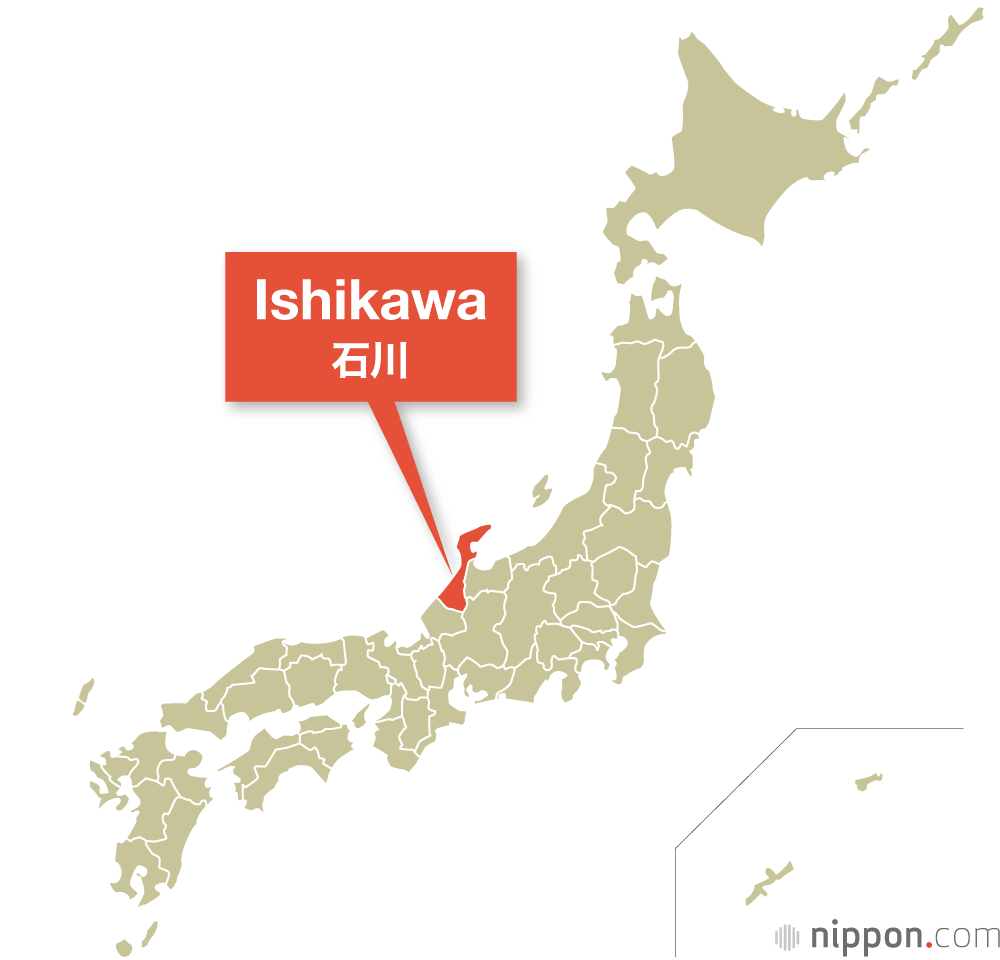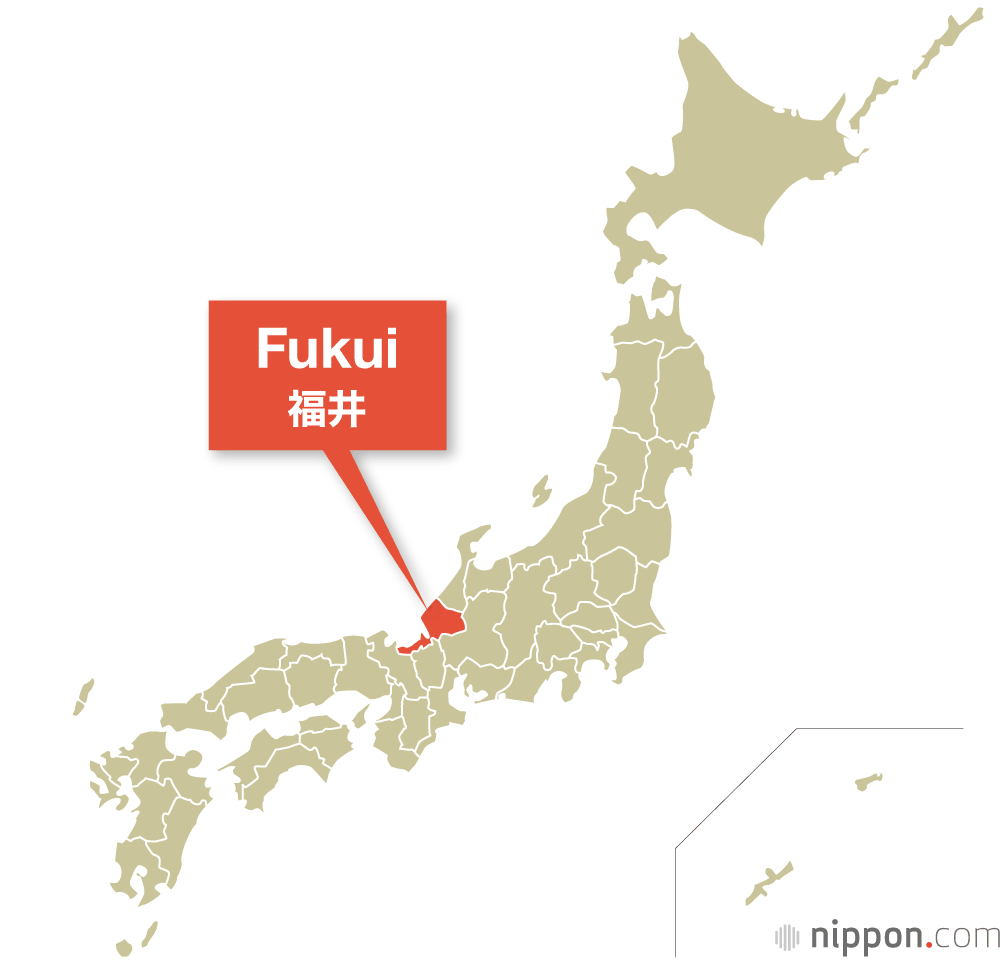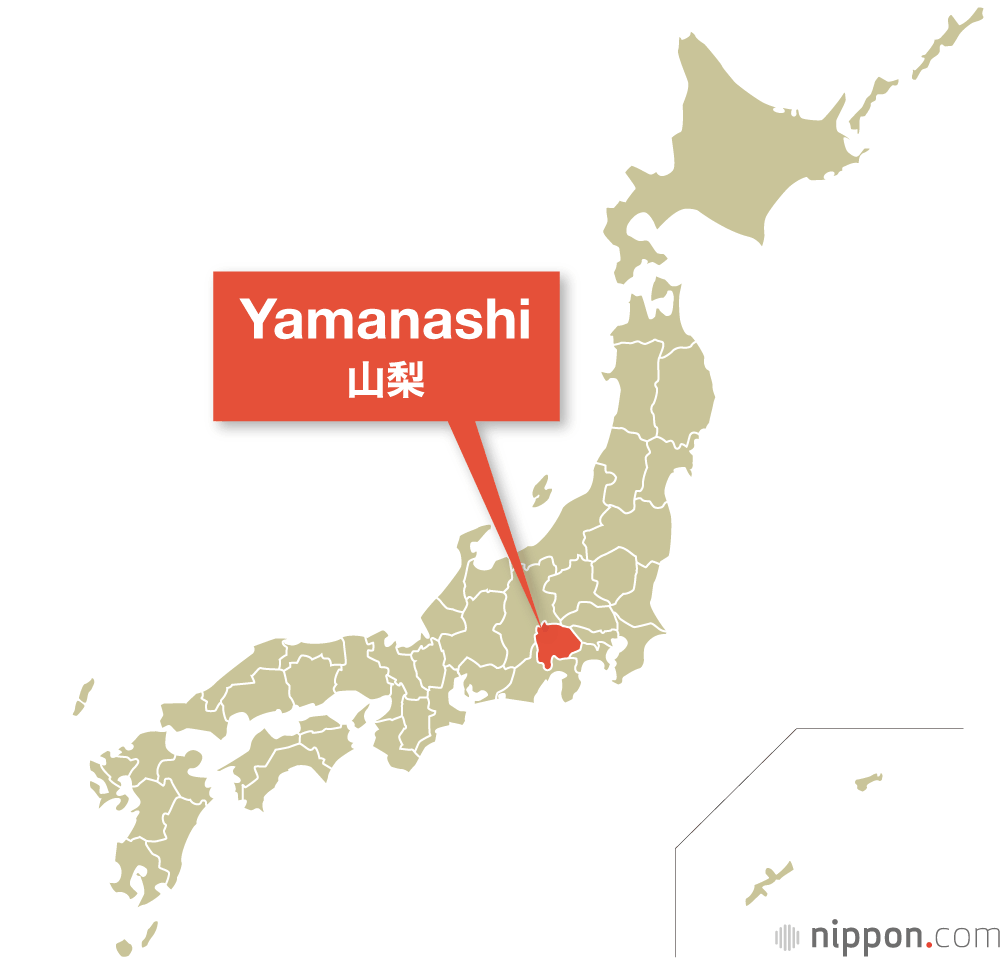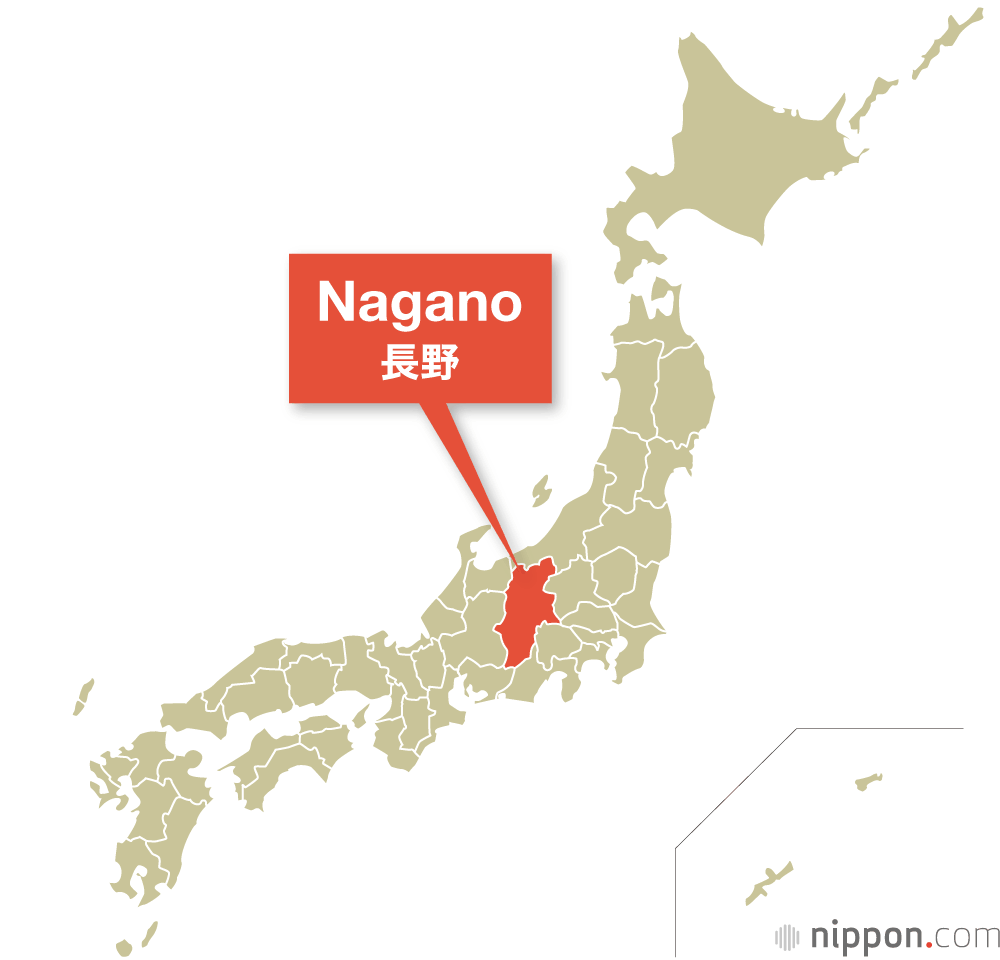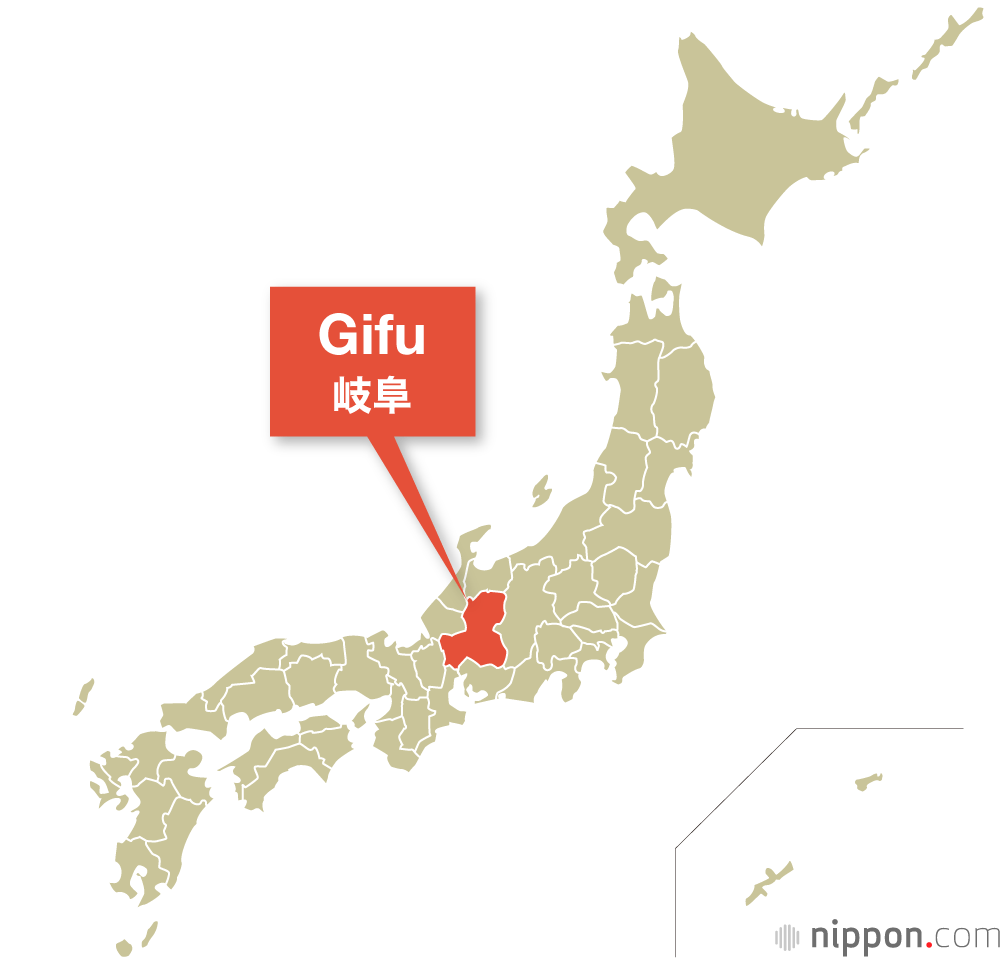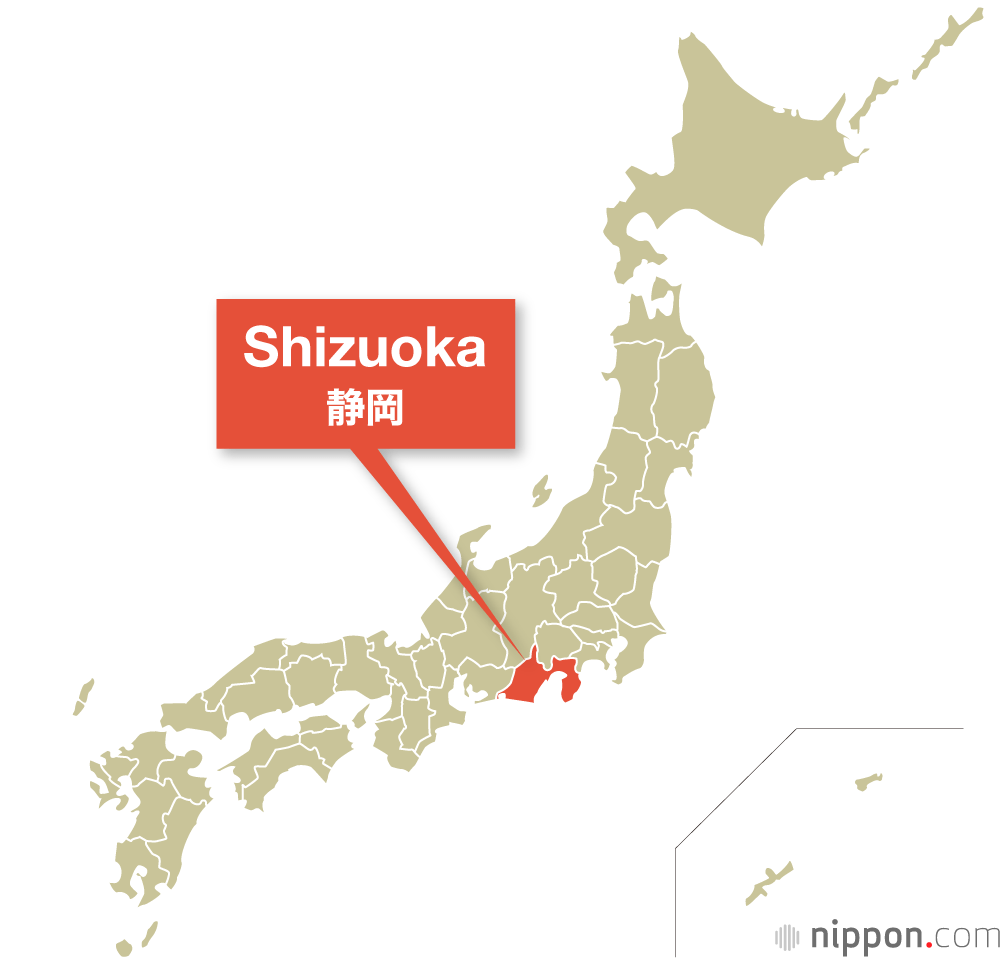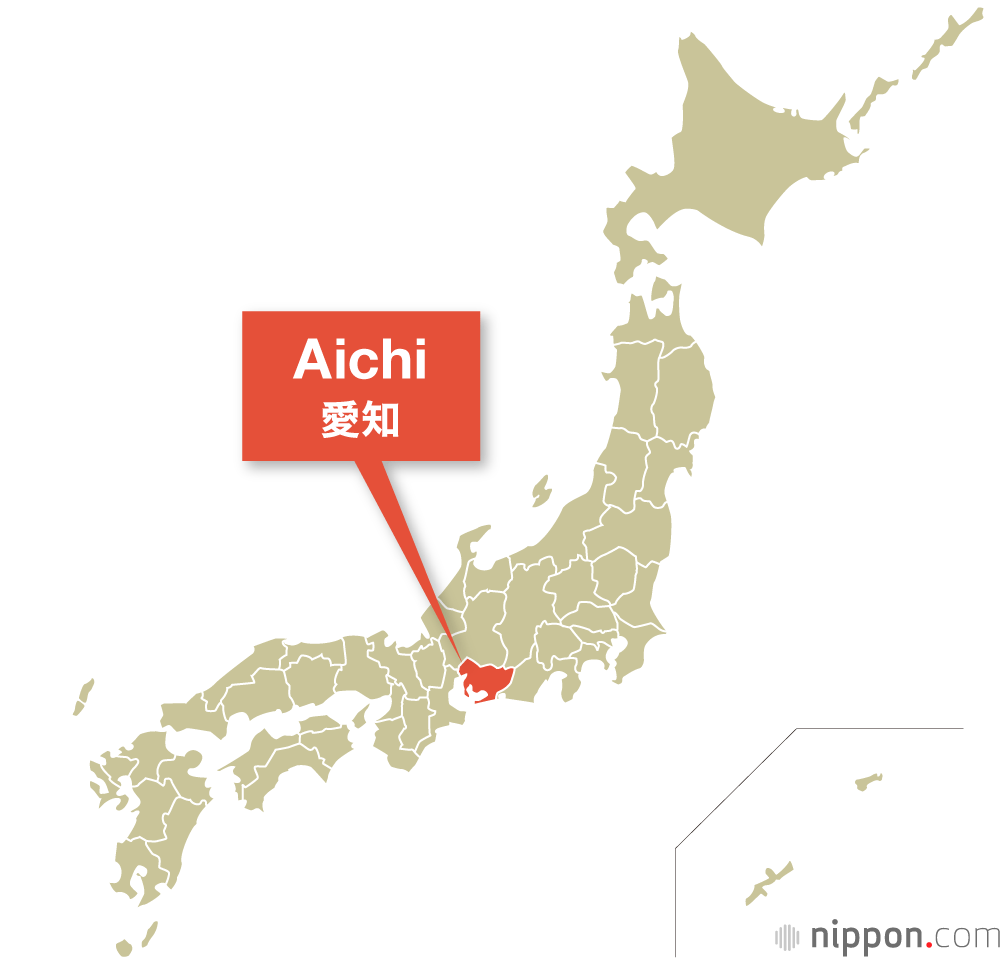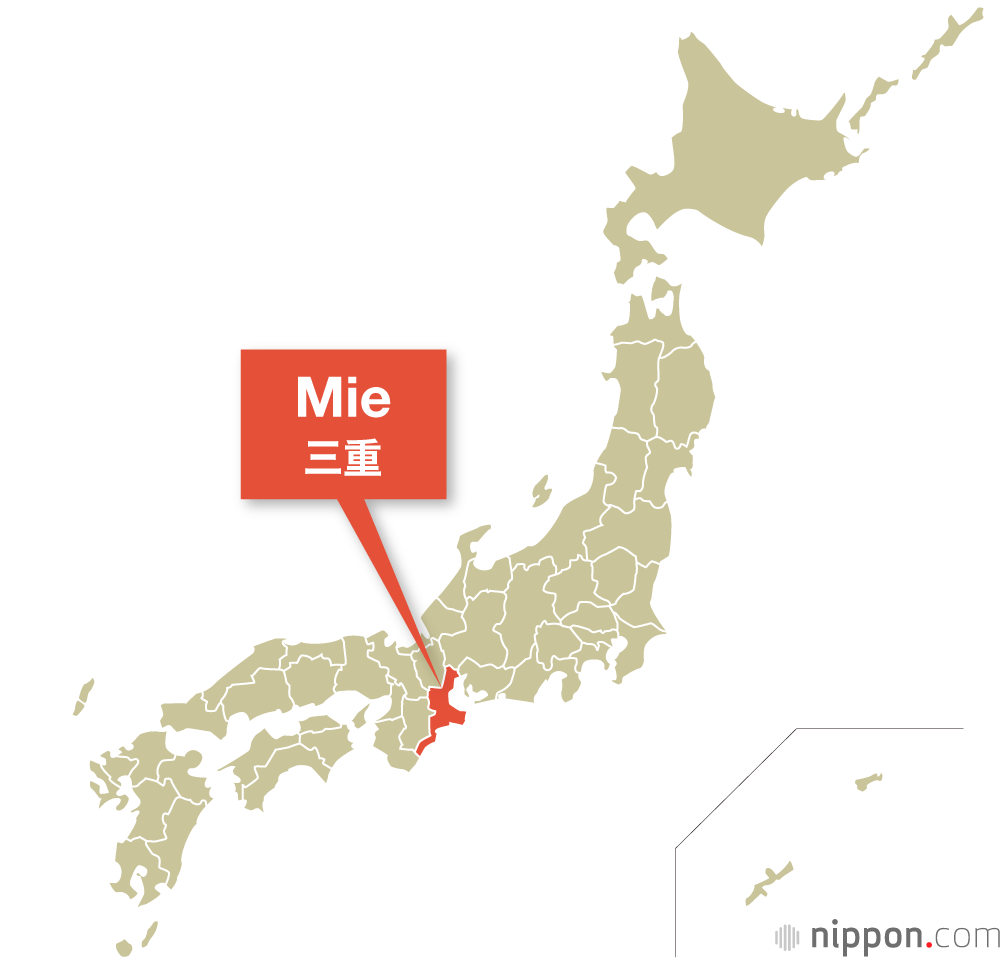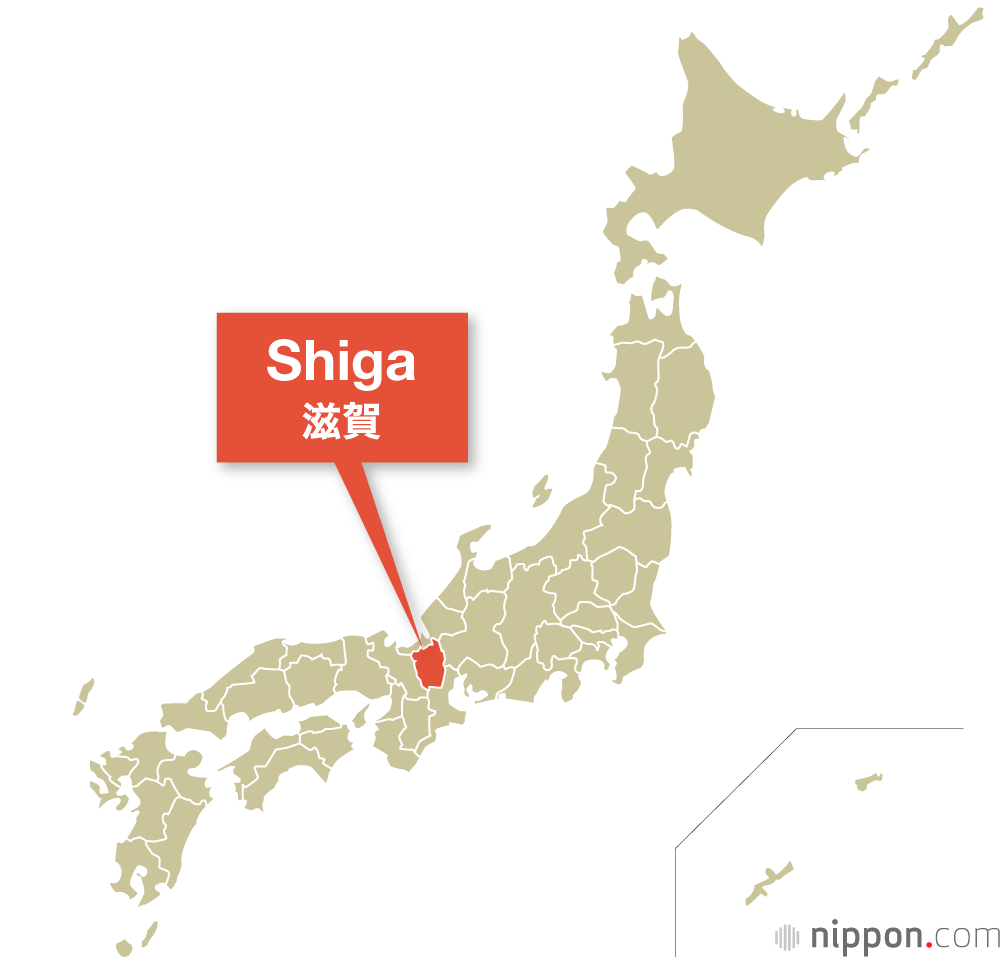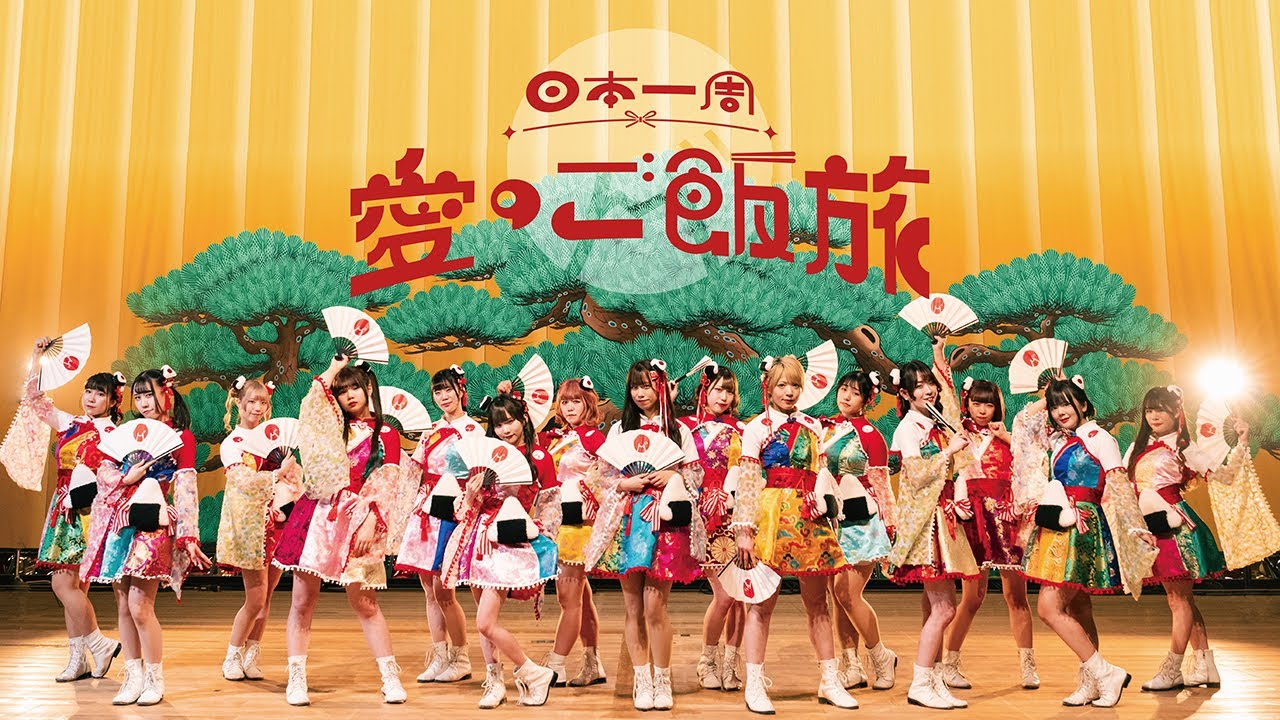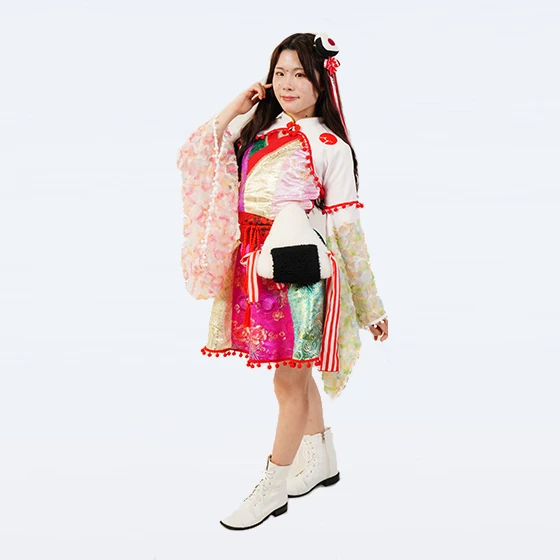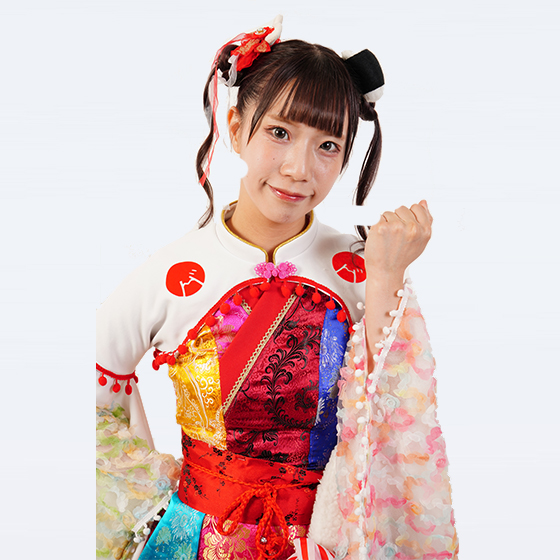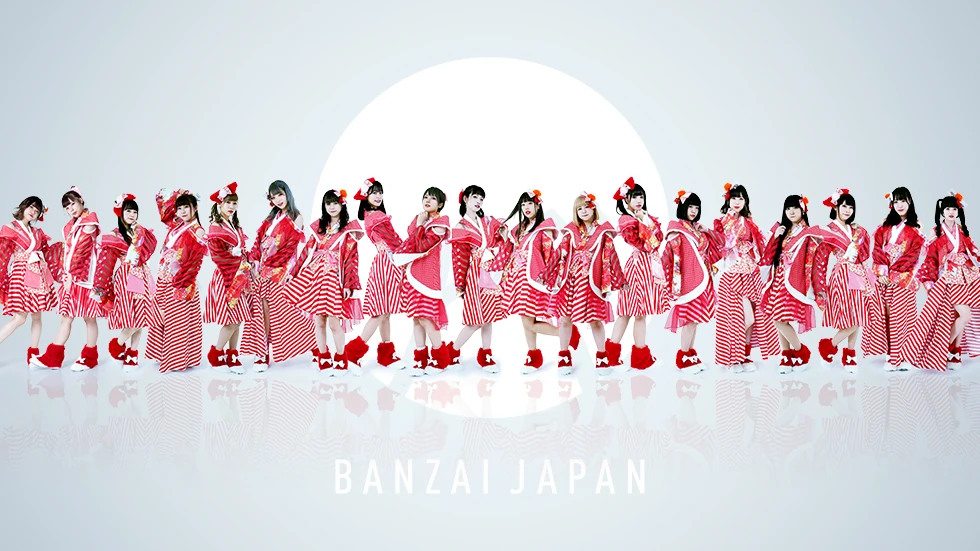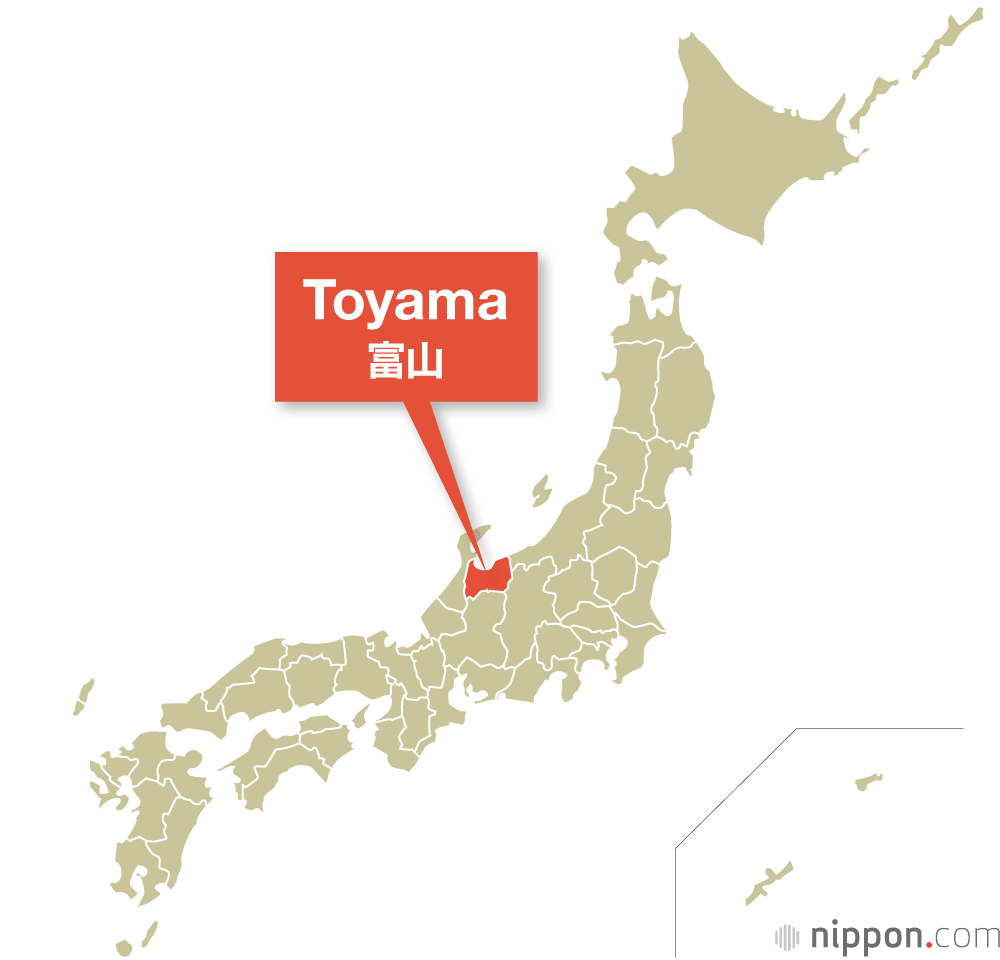
The Prefectures of Japan Toyama Prefecture
Toyama Prefecture Banzai Japan Idol Group Visit there Website Toyama Prefecture highlights include the Tateyama Kurobe Alpine route and its “snow corridor,” and the fresh fish and seafood, including the local delicacy, the firefly squid. Toyama Prefecture is located in the Hokuriku region of Japan. It is surrounded on three sides by land, with Toyama Bay and the Sea of Japan lying to its north. The Tateyama mountain range towers in the southeast of the prefecture, rising above 3,000 meters. Cloudy skies and precipitation are common through much of the year. Toyama Prefecture at a Glance Established in 1871 (formerly Etchū province) Capital: Toyama Population: 1,035,000 (as of Oct. 2020) Area: 4,248 km2 Visitors can cross the mountains of Tateyama via the Tateyama Kurobe Alpine route leading to Nagano Prefecture. The route is known particularly for its “snow corridor” near the highest point of Murodō, with great white walls that reach up to 20 meters high between April and June. Picturesque farmhouses with steep, thatched roofs at Gokayama have been inscribed on the UNESCO World Heritage List, together with neighbors at Shirakawa-gō in Gifu Prefecture. Kurobe Gorge’s scenic railway offers spectacular views of the river below and surrounding peaks. Toyama Prefecture is a major rice producer, while the city of Tonami is well known for its tulips. Toyama Bay supplies a great deal of fresh fish and seafood, including the local delicacy, the firefly squid. Traditional medicine salesmen who used to travel the country laid the foundations for today’s robust pharmaceutical industry in the prefecture. The city of Takaoka produces over 90% of Japan’s copperware, and the metal-casting industry is symbolized by the local Daibutsu, or Great Buddha. Kitokito-kun is the official mascot for Toyama, taking his name from kito kito, a term in the local dialect that can mean either “fresh” or “lively.” His hairstyle represents the Tateyama mountain range. Famous Figures Fujiko F. Fujio (1933–96): The creator of Doraemon, one of Japan’s most famous characters. Ueno Chizuko (1948–): Feminist, sociologist, and writer, known for her highlighting of issues like gender inequality. Hosoda Mamoru (1967–): Director of anime films including The Girl Who Leapt Through Time and Wolf Children. https://www.youtube.com/watch?v=gwtT9BGLuJs

